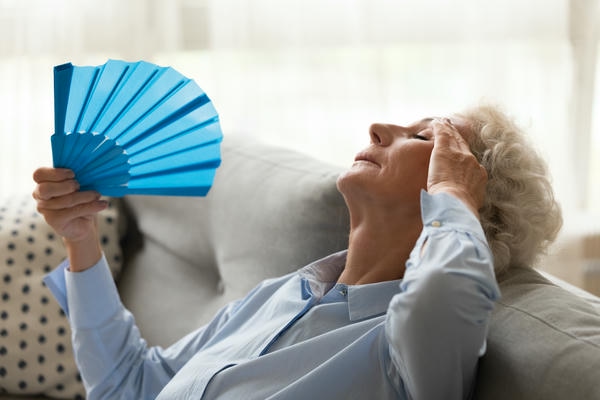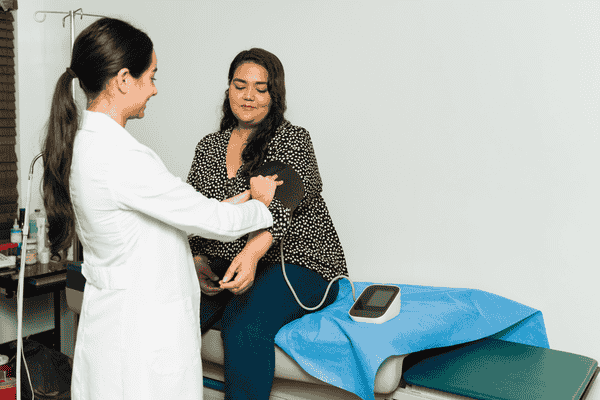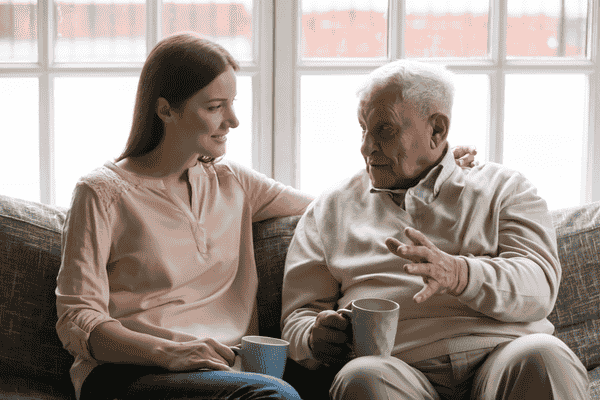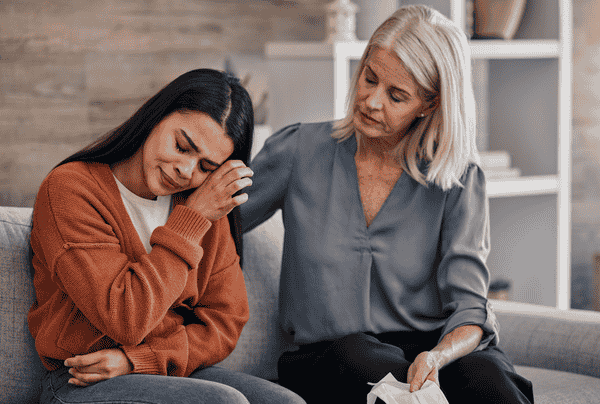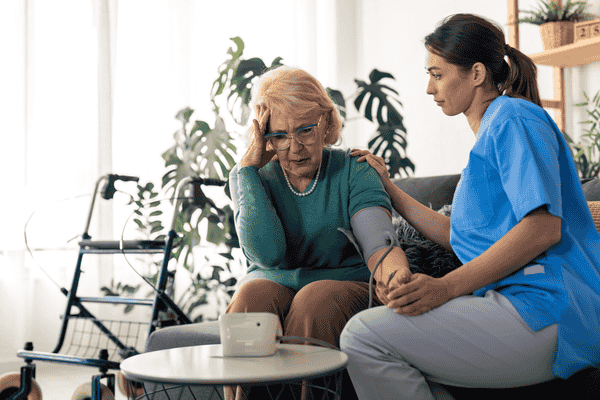As summer temperatures rise, so does the need to protect seniors from the dangers of heat and humidity. Older adults are particularly vulnerable to heat-related illnesses due to physiological changes, chronic medical conditions, and certain medications that affect their body’s ability to regulate temperature. For caregivers, ensuring a comfortable and safe environment for seniors during the hot summer months is paramount. This blog provides essential strategies for staying cool, recognizing heat-related illnesses, and creating a comfortable indoor environment to keep summer health for seniors.
Understanding the Risks of Heat and Humidity
As we age, our bodies become less efficient at regulating temperature. Seniors are more prone to heat-related illnesses such as heat exhaustion and heat stroke. Factors that contribute to this increased risk include:
- Decreased ability to sweat: Sweating is a primary way the body cools itself, and this ability diminishes with age.
- Chronic medical conditions: Conditions such as heart disease, diabetes, and respiratory disorders can exacerbate the effects of heat.
- Medications: Some medications impair the body’s heat response mechanisms or increase sensitivity to sunlight.
Given these risks, it is essential to take proactive steps to keep seniors cool and safe during the summer health months.
Staying Cool: Practical Tips
1. Stay Hydrated
Hydration is crucial for maintaining body temperature. Encourage seniors to drink water regularly, even if they do not feel thirsty. Dehydration can occur quickly in hot weather, and symptoms such as dry mouth, fatigue, and dizziness should be taken seriously.
- Tip: Offer water, herbal teas, or fruit-infused water to make hydration more appealing.
2. Wear Appropriate Clothing
Lightweight, loose-fitting, and light-colored clothing helps the body stay cool. Natural fabrics like cotton are breathable and allow for better air circulation.
- Tip: Encourage wearing wide-brimmed hats and sunglasses when outdoors to protect against sun exposure.
3. Use Fans and Air Conditioning
Keeping the indoor environment cool is critical. Air conditioning is the most effective way to cool down, but fans can also be helpful.
- Tip: Place fans in strategic locations to improve airflow and use air conditioning during peak heat hours.
4. Plan Activities Wisely
Schedule outdoor activities for the early morning or late evening when temperatures are cooler. Avoid strenuous activities during the hottest parts of the day.
- Tip: Encourage indoor activities such as reading, board games, or watching movies during peak heat hours.
5. Take Cool Showers or Baths
Cool showers or baths can provide immediate relief from heat. Alternatively, use a damp cloth to cool the skin.
- Tip: Keep a spray bottle with cool water handy for a refreshing mist throughout the day.
Recognizing Heat-Related Illnesses
Understanding the signs of heat-related illnesses is crucial for timely intervention. Heat exhaustion and heat stroke are serious conditions that require immediate attention.
Heat Exhaustion
Symptoms of heat exhaustion include heavy sweating, weakness, dizziness, nausea, headache, and muscle cramps. If you suspect heat exhaustion:
- Move the person to a cooler place.
- Have them lie down and elevate their legs.
- Offer cool water to drink.
- Apply cool, wet cloths to the skin.
Heat Stroke
Heat stroke is a medical emergency characterized by a high body temperature (above 103°F), confusion, rapid pulse, and possible unconsciousness. If you suspect heat stroke:
- Call 911 immediately.
- Move the person to a cooler environment.
- Apply cool, wet cloths or immerse them in cool water.
- Do not give them anything to drink.
Creating a Comfortable Indoor Environment
1. Optimize Air Circulation
Ensure good airflow by using fans and keeping windows open when temperatures drop in the evening. Ceiling fans can also help distribute cool air more effectively.
- Tip: Use exhaust fans in kitchens and bathrooms to reduce indoor humidity levels.
2. Block Out the Sun
Use curtains, blinds, or shades to block direct sunlight and keep indoor temperatures lower. Reflective window coverings can also help reduce heat gain.
- Tip: Consider installing thermal curtains to improve insulation.
3. Create Cool Zones
Designate the coolest room in the house as a refuge during peak heat times. Equip it with a comfortable chair, fan, and access to water.
- Tip: Encourage spending time in air-conditioned public spaces such as libraries or shopping malls if home cooling is inadequate.
4. Maintain Appliances
Ensure that air conditioners and fans are in good working condition. Regular maintenance checks can prevent breakdowns during critical times.
- Tip: Clean air filters regularly to maintain efficient cooling.
5. Provide Access to Cooling Resources
If air conditioning is not available, use alternative cooling methods such as portable coolers, ice packs, and damp cloths.
- Tip: Set up a cool mist humidifier to reduce indoor temperature and add moisture to the air.
Conclusion
Managing heat and humidity effectively is crucial for the health and well-being of seniors during the summer health months. By staying hydrated, dressing appropriately, using fans and air conditioning, planning activities wisely, and recognizing the signs of heat-related illnesses, caregivers can create a safe and comfortable environment for their elderly loved ones. Taking these proactive measures ensures that seniors can enjoy the summer season without compromising their health.
